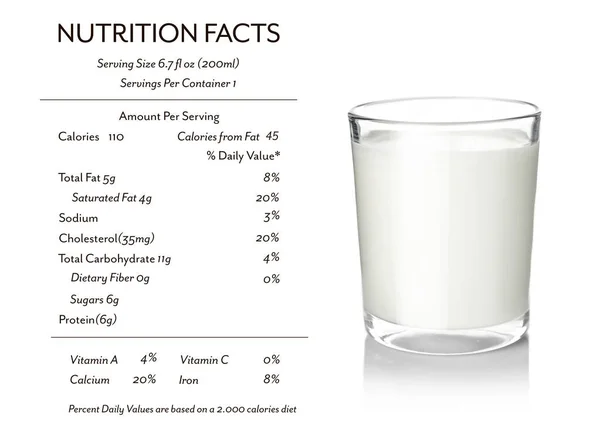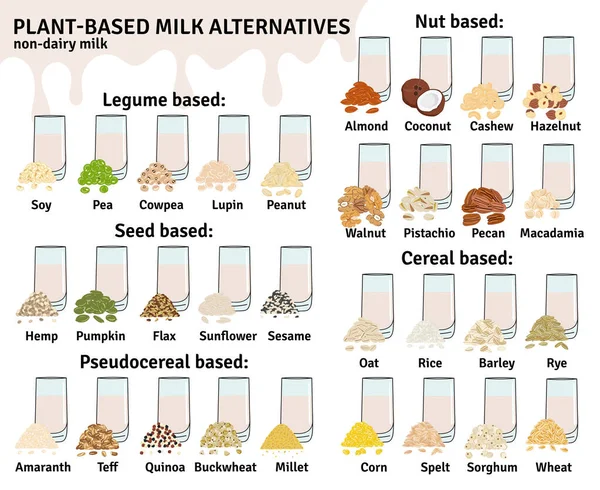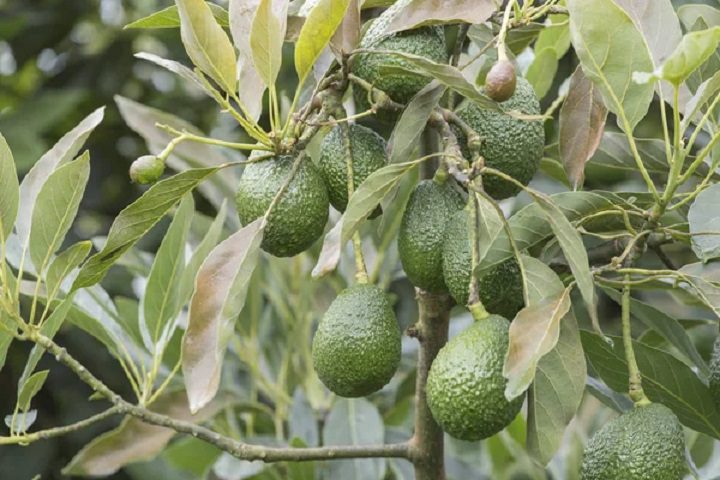In this blog post, we will explore the pros and cons of drinking cow’s milk.
Milk is a staple drink in many households around the world. It is a hot topic that sparks numerous debates in academics, social and mass media. While loved dearly loved by some, it is extremely loathed by others. On one hand, milk is praised for its health, nutritional, and profit benefits, on the other hand. many oppose its production and consumption due to some potential health risks and negative impact on the environment.
But where are truths and myths in this debate? The post looks into various aspects of this post.
Milk Demand & Supply in Kenya
The milk or dairy sector in Kenya is vital for food security, income generation, and employment creation. Below are some selected facts about Kenya’s dairy sector.
- Kenya has an annual per capita consumption of 110 liters of milk per person. It is among the highest in sub-Saharan Africa, well above other African countries.
- The supply of raw milk decreased from 801.9 million liters (8 bn) in 2021 to 754.4 (7.5bn)million liters in 2022.
- The volume of processed milk and cream production was 510.6 million liters (5.1bn) and 466.0 million liters (4.6bn) in 2021 and 2022 respectively
- The total value of milk sold increased by 9.5%, from KSh 33.7 billion in 2021 to KSh 36.9 billion in 2022.
- Milk in Kenya is primarily produced by smallholder dairy farmers who account for 56% of the total output.
- The dairy sector in Kenya is estimated at 14% of Kenya’s agricultural GDP.
- The price of half-liter packets of milk was up to Ksh 56.02 in 2022 a rise from Ksh 49.60 in 2021.
Sources, KNBS Economic Survey 2023.
Nutrition and Health Benefits of Drinking Milk
Drinking 100 to 250 milliliters of milk per day is considered safe.
Related: Is Dairy Farming Profitable in Kenya?
Milk and dairy products can provide you with important nutrients and may have potential protective effects against certain diseases. It is a highly nutrient-rich fluid loaded with important nutrients and a great source of protein.
Below is a summary of the pros of drinking cow milk

- Milk is an excellent source of vitamins and minerals, including calcium, potassium, vitamin D, vitamin A, magnesium, zinc, and thiamine (B1).
- Milk provides “nutrients of concern,” which are under-consumed by many populations such as calcium, vitamin D, fiber, and potassium, as well as iron and folate.
- Milk and dairy products may help improve weight and bone density in children, and reduce the risk of childhood fractures.
- Consuming milk and dairy products may prevent osteoporosis and reduce the risk of fractures.
- Drinking moderate amounts of milk or dairy products does not increase the risk of heart disease, stroke, or total mortality.
- Milk may have potential protective effects against colon cancer.
- Some studies suggest that people who consume more dairy have a lower risk of developing hypertension.
- Milk contains conjugated linoleic acid (CLA) and omega-3s that benefit bone health
Potential Risks of Drinking Milk
While milk offers numerous health benefits, it does have a dark side. It includes acne, allergies, and lactose intolerance.
The hormones present in milk can potentially trigger acne breakouts. Additionally, allergies to milk are not uncommon, leading to symptoms like digestive issues, skin rashes, and respiratory problems. Lactose intolerance is another medical condition associated with milk and dairy products consumption. Symptoms of lactose intolerance may include bloating, diarrhea, gas, nausea, and pain in the abdomen.
A summary of the cons of drinking cow milk include;
- Some studies have linked dairy to an increased risk of breast, ovarian, and prostate cancers.
- High-fat content and hormones in milk, cheese, and other dairy products have been linked to breast cancer.
- Regular consumption of dairy products has also been linked to prostate cancer.
- Excess calcium from milk and other foods may increase the risk of prostate cancer.
- Drinking three or more glasses of milk a day may increase the risk of bone fractures in women.
- Milk may cause acne, other skin conditions, allergies, and lactose intolerance in some people
Milk vs. Planet: The Environmental Impact
Beyond personal health considerations, we also need to take into account the environmental impact of milk production.
Dairy farming contributes significantly to greenhouse gas emissions, deforestation, and water pollution. The resources required to produce milk, from the cultivation of animal feed to the energy-intensive processes involved, have a substantial carbon footprint. In addition, the treatment of dairy animals has raised concerns about animal welfare.
Without more details, this is how dairy farming affects the environment.
- Dairy cows and their manure produce greenhouse gas emissions which contribute to climate change. The global livestock industry contributes about 14.5 percent of total anthropogenic greenhouse gas (GHG) emissions, and milk production alone contributes 2.9 percent of all human-induced GHG emissions.
- Poor handling of manure and fertilizers can degrade local water resources.
- Unsustainable dairy farming and feed production can lead to the loss of ecologically important areas, such as prairies, wetlands, and forests.
- GHGs are emitted throughout the chain of milk production: in the manufacture and application of fertilizers to crops, land deforestation for raising feed crops and livestock, methane production from cows’ digestive processes, and the burning of fossil fuels for processing milk.
Thankfully, there are alternatives available that have the same nutritional value as dairy milk, such as plant-based options. These alternatives, made through fermentation by genetically modified bacteria, not only have a lower environmental impact but also provide viable options for those who choose to avoid animal products.
Are there healthy dairy alternatives

Are you looking for a dairy-free milk alternative for health, ethical or environmental reasons?
Plant and nut-based milk alternatives that are suitable for individuals who are lactose intolerant or vegan. Some of the popular plant-based milk alternatives include soy milk, almond milk, coconut milk, oat milk, cashew milk, hemp milk, rice milk, and quinoa milk. Each type of milk has its advantages and disadvantages, depending on a person’s diet, health, nutritional needs, or personal taste preferences.
Here is a summary of the pros and cons of each type of plant-based milk:
- Soy milk: Contains a similar amount of proteins as cow’s milk; half the carbs and fats of whole milk. However, it contains plant estrogens and hormones that may cause digestive issues in some people.
- Almond milk: Low in fat; high in calcium (if enriched); high in vitamin E. However, it is low in protein and contains phytic acid, which hinders mineral absorption.
- Coconut milk: Low in calories and carbs; half the fat. However, it has no protein and is high in saturated fats.
- Oat milk: Lower in fat; high in fiber. However, it is high in carbs and low in protein.
- Cashew milk: Low in calories and fat. However, it is low in protein and fewer nutrients.
- Hemp milk: Low in calories and carbs; high in essential fatty acids. However, it is low in protein (though more than other plant-based milks).
- Rice milk: Low in fat. However, it is low in protein and nutrients and high in carbs.
- Quinoa milk: Low in fat, calories, and carbs. However, it is low in protein.
Cow’s milk has significantly higher impacts than the plant-based alternatives across all metrics. It causes around three times as much greenhouse gas emissions; uses around ten times as much land; two to twenty times as much freshwater; and creates much higher levels of eutrophication
Conclusion
In conclusion, milk is a complex topic with diverse perspectives. While it offers valuable nutrients and health benefits, its consumption can come with drawbacks such as acne and allergies. Furthermore, the environmental impact of dairy farming cannot be ignored. It’s ultimately up to each individual to consider their health, ethical, and environmental priorities when making choices about milk consumption. Whether you choose to embrace milk as a healthy drink or view it as a white poison, the key is to make informed decisions that align with your values and well-being.



